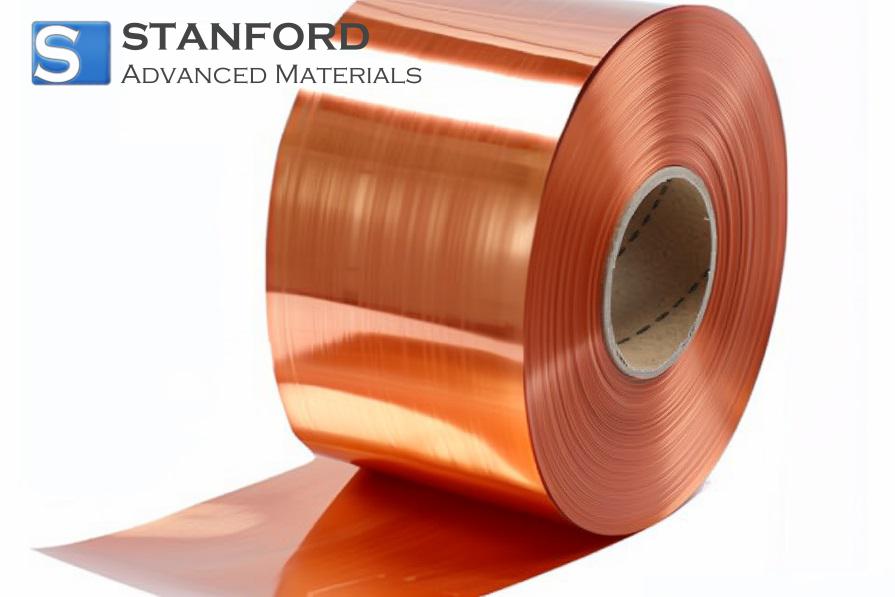Stanford Advanced Materials Launches Graphene For Water Filtration.
Stanford Advanced Materials (SAM), a manufacturer of materials, announced today the release of Graphene. Graphene is a new two‐dimensional material that may support water filtration applications. In view of the constrained state of water resources, this development is significant.
According to Welthilfe, 748 000 000 people lack access to clean water. This figure represents approximately one tenth of the global population. Children are the most affected group; 500 000 water‐related deaths occur among children annually, equating to more than 1 400 each day. Researchers have sought sustainable solutions to improve access to potable water, a basic human right. Given that the world population is projected to increase, the pressure on limited water resources will intensify. Graphene, a two‐dimensional material, may be applied in water filtration and desalination.
Danny Burns, an expert at Stanford Advanced Materials (SAM), stated: "We have begun producing Graphene. We consider it an important material for the 21st century." Graphene oxide membranes may function as a molecular filter that retains molecules or ions, including impurities such as salt. Graphene oxide layers can be assembled to form a very thin membrane that resists the passage of all substances except water. He continued: "Over 97 per cent of Earth’s seawater resources remain unused. The development of such a device may help address the international water crisis. Although seawater purification is practised, Graphene could serve as an alternative to activated carbon. Further research is planned."
About Stanford Advanced Materials
Stanford Advanced Materials (SAM) was founded in 1994 and is a global supplier of pure metals, alloys, ceramics and minerals. SAM specialises in high‐purity chemicals for research institutions and technical materials for various industries. SAM supplies materials at competitive prices to sectors including pharmaceuticals, capacitors, metallurgy, semiconductors and aviation.

 Bars
Bars
 Beads & Spheres
Beads & Spheres
 Bolts & Nuts
Bolts & Nuts
 Crucibles
Crucibles
 Discs
Discs
 Fibers & Fabrics
Fibers & Fabrics
 Films
Films
 Flake
Flake
 Foams
Foams
 Foil
Foil
 Granules
Granules
 Honeycombs
Honeycombs
 Ink
Ink
 Laminate
Laminate
 Lumps
Lumps
 Meshes
Meshes
 Metallised Film
Metallised Film
 Plate
Plate
 Powders
Powders
 Rod
Rod
 Sheets
Sheets
 Single Crystals
Single Crystals
 Sputtering Target
Sputtering Target
 Tubes
Tubes
 Washer
Washer
 Wires
Wires
 Converters & Calculators
Converters & Calculators
 Write for Us
Write for Us

 Chin Trento
Chin Trento



